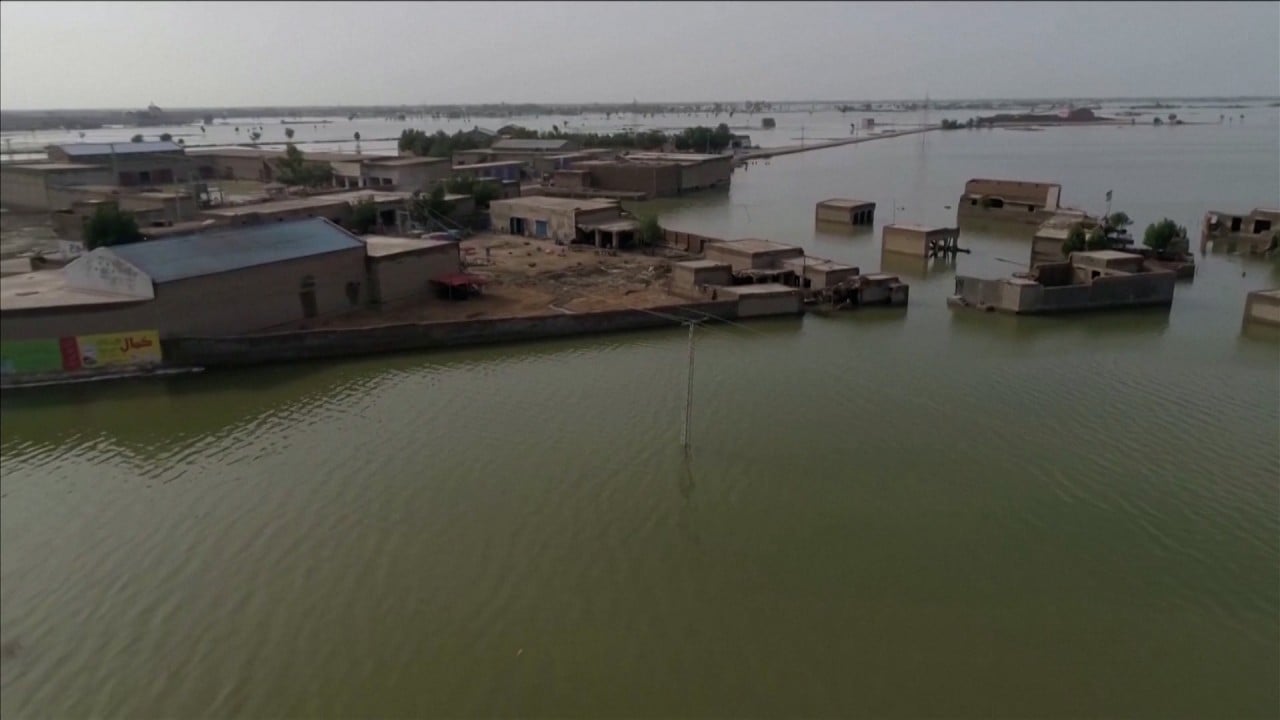
South Asia sweats as climate change fuels food risks, threatening ‘disaster’ for second year in a row
- Fluctuating weather has affected grain output across country, leading to reduced exports to nations waiting for supplies
- A looming drought could see India keep its wheat export ban in place, posing fresh risks for a region already suffering from a food crisis
Farmer Raghbir Singh wistfully scans his ripening field of wheat every day in the northern Indian state of Haryana, worried by an unseasonably warm spell that is threatening to shrivel up his crop for a second year in a row.
“We are keeping our fingers crossed that the temperature won’t shoot up before harvest,” Singh said. “It was a disaster for us last year.”

India is facing more weather-related uncertainty, with the country’s meteorological department warning that higher temperatures could affect wheat crops in the states of Punjab and Haryana, both major producers.
A higher chance of less rainfall during the June to September monsoon season – which is crucial for rice production – could also affect output from the world’s top rice exporter.
According to Climate Trends, a consultancy, there is a 60 per cent probability of a drought in India this year because of a weather phenomenon called El Niño that heats up the Pacific Ocean. The research firm further said the country had a 30 per cent chance of receiving below-normal levels of rain and only a 10 per cent chance of normal precipitation.
Looming drought
“If an El Niño state does emerge by summer, then we are more than likely to see a deficit monsoon,” said Raghu Murtugudde, emeritus professor at the University of Maryland.
That would be bad news for India because the monsoon brings more than 70 per cent of the subcontinent’s annual rainfall and its impact lasts throughout the year. India’s retail inflation rose to a three-month high of 6.5 per cent in January, driven by an unexpected surge in food prices led by cereals.
“Once prices start rising, then they usually continue for some time,” said Sujon Hajra, chief economist at Anand Rathi Securities. Typically, food inflation softens in the early part of the year, but grain and spice prices have beaten expectations, he added.
“It is very likely that the Indian government will keep the wheat export ban in place. At the end of the day, they will have to control prices at home,” Hajra said.
Rice, rice, maybe: could this staple be the latest export to be restricted by India?
India is highly susceptible to fluctuating weather, analysts say, because one-third of its wheat production areas are prone to heat stress and 65 per cent of the country’s farmlands are rain-dependent.
India is unlikely to face food shortages because it maintains large grain stocks and has sufficient foreign exchange reserves. But its lower production could exacerbate prices and worsen a food crisis among its smaller neighbours.
Chain effect
South Asia has one of the highest numbers of undernourished people in the world and India’s weather-related predicament poses fresh risks for the region.
India’s wheat export curbs threaten to send global food prices higher
“Any reduction in food production in India affects the neighbourhood, particularly Bangladesh, Nepal and Sri Lanka. Last year there was a 4 per cent reduction in the sowing of rice and this has to be seen as part of a larger climate trend,” said Madan Sabnavis, chief economist at the Bank of Baroda, one of India’s largest public sector banks.
India has taken steps to introduce climate-resistant crops, but its agriculture production – which employs close to half its workforce – is far from insulated from weather shocks, analysts say.
“What India has done is too little and too late. We have to majorly accelerate climate-resistant agriculture. It has become particularly important as Russia’s war with Ukraine seems nowhere close to ending,” said Biraj Patnaik, a South Asia food rights expert and a former adviser to India’s Supreme Court.
“China’s reopening means that food demand will jump and prices will rise more globally,” he said.


